Create a Learning and Development Roadmap in 10 Simple Steps
Learn how to build a learning and development roadmap in 10 steps. Discover methods, benefits, and tips to align training with business goals.
Learn how to build a learning and development roadmap in 10 steps. Discover methods, benefits, and tips to align training with business goals.

Many teams struggle with learning programs that feel reactive, scattered, or disconnected from business goals. Without a clear path, development efforts lose impact and employees disengage.
A learning and development roadmap gives structure and direction. In this guide, you’ll learn how to assess your current approach, set clear priorities, and build a roadmap that drives growth for both people and business.
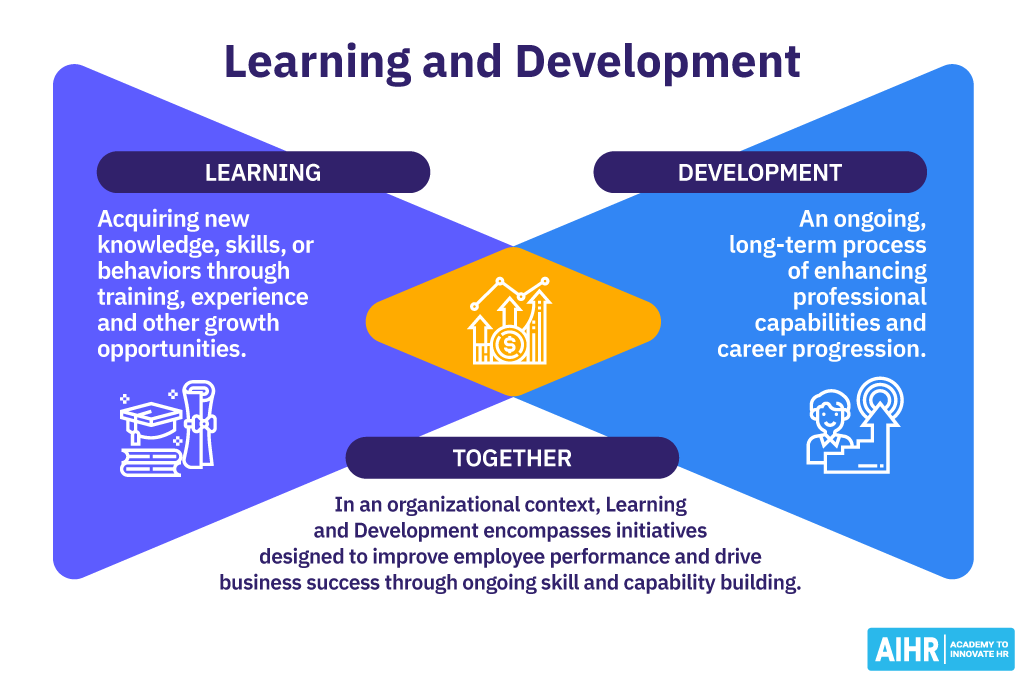
Learning and development (L&D) helps employees grow skills, gain knowledge, and build confidence that improves performance. It’s more than training. It’s a core part of a company’s talent strategy, boosting employee retention, engagement, and culture.
When done well, learning and development:
A learning and development roadmap takes this strategy and turns it into a clear plan. It guides employees on what to learn, when, and how it connects to their growth and the organization’s success.

Interesting note: Companies like McDonald’s that connect structured learning to career growth through on-demand programs, mentoring, or clear learning paths often see higher retention and better performance.
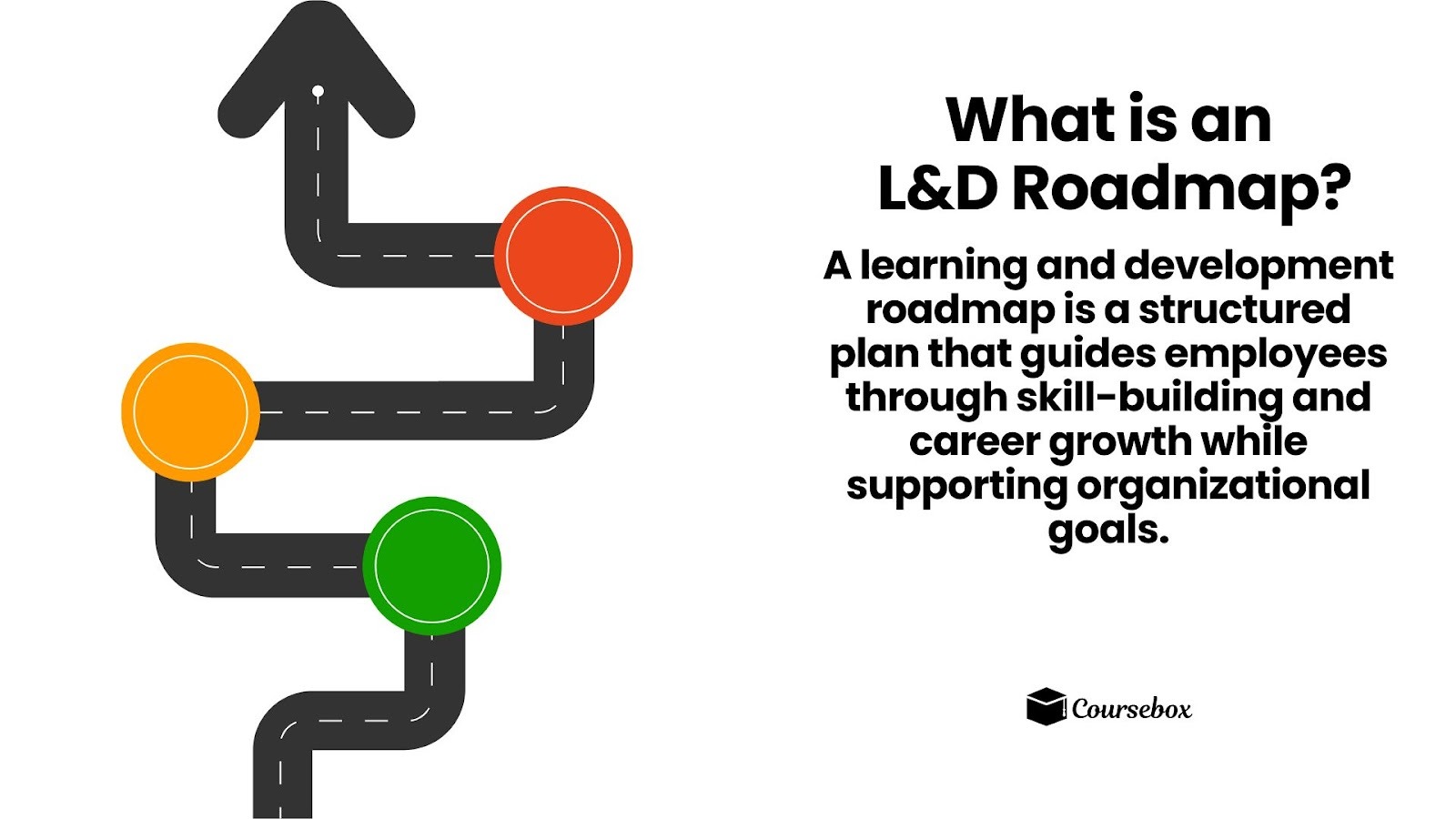
A learning and development roadmap is a structured plan that guides employees through skill-building and career growth while supporting organizational goals. It ensures learning stays relevant and aligned with business priorities.
Research shows that half of today’s skills will be outdated in just two years, making a roadmap essential for keeping teams future-ready. Instead of drifting through scattered workshops, employees follow a clear path that drives both personal growth and business success.
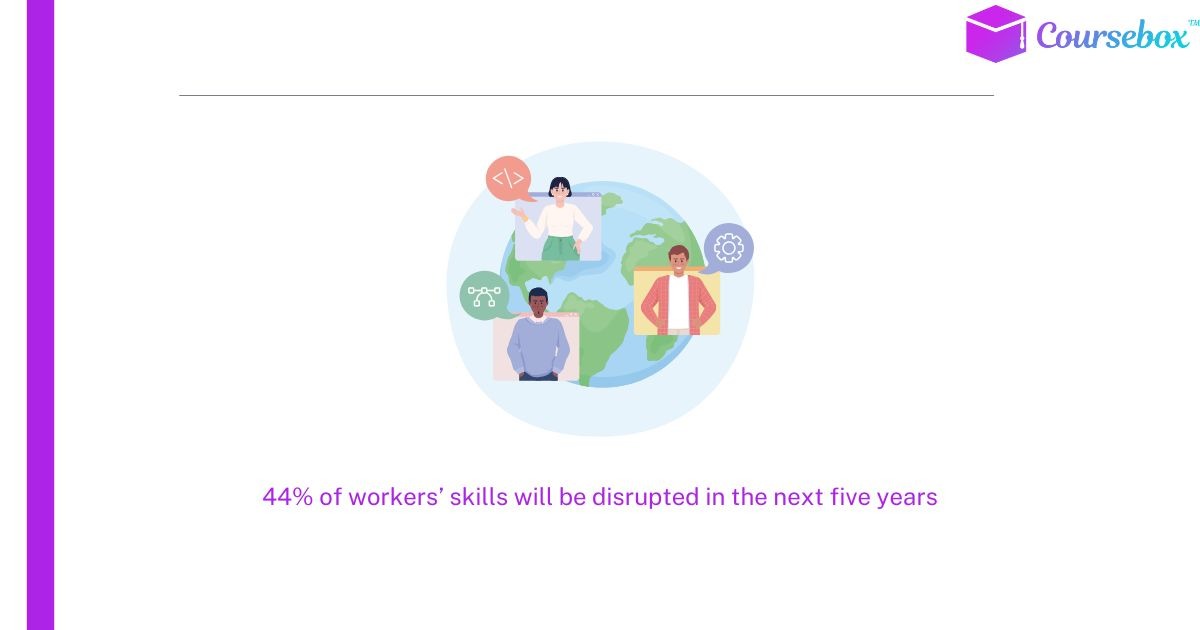
A roadmap works best when it has clear building blocks. Here’s what makes it effective:

Training roadmaps don’t just help learners. They provide clarity and structure for everyone involved in workforce development.
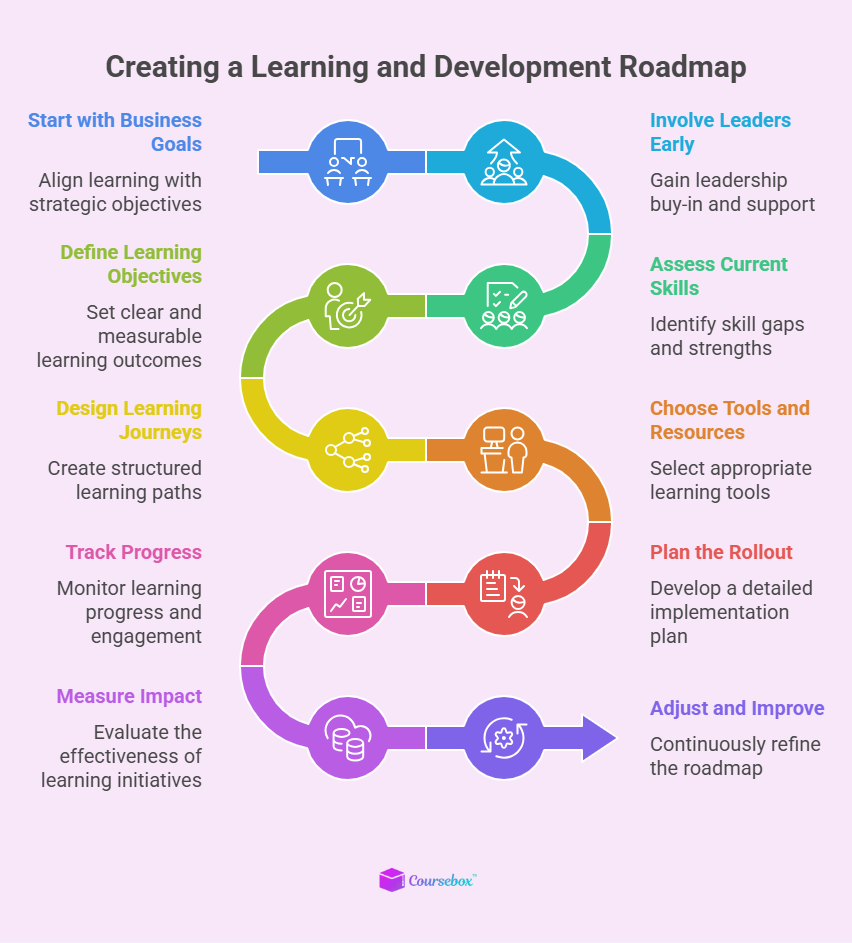
Every business has unique challenges, but the foundation of a strong learning and development roadmap is the same: connect company goals with employee growth, then turn that connection into a structured plan. Here’s a step-by-step guide to help you build one that works in real life.
A roadmap must point in the same direction as the company’s strategy. Before mapping training, look at long-term business objectives.
For example, if customer experience is a priority, you’ll need strong communication and service training in place. When goals and training connect, L&D moves from being “nice to have” to being a driver of results.
Leaders shape culture and priorities, so bring them into the process from day one.
This collaboration makes the roadmap realistic and builds strong internal support. Leaders who help design training are far more likely to champion it later.

A roadmap cannot work without a clear picture of where employees stand today. Run a skills audit to see what people already know, then follow with a gap analysis to spot missing capabilities.
For example, you might discover strong technical knowledge but weak project management skills. Knowing these gaps prevents wasted training spend and directs investment where it matters most.
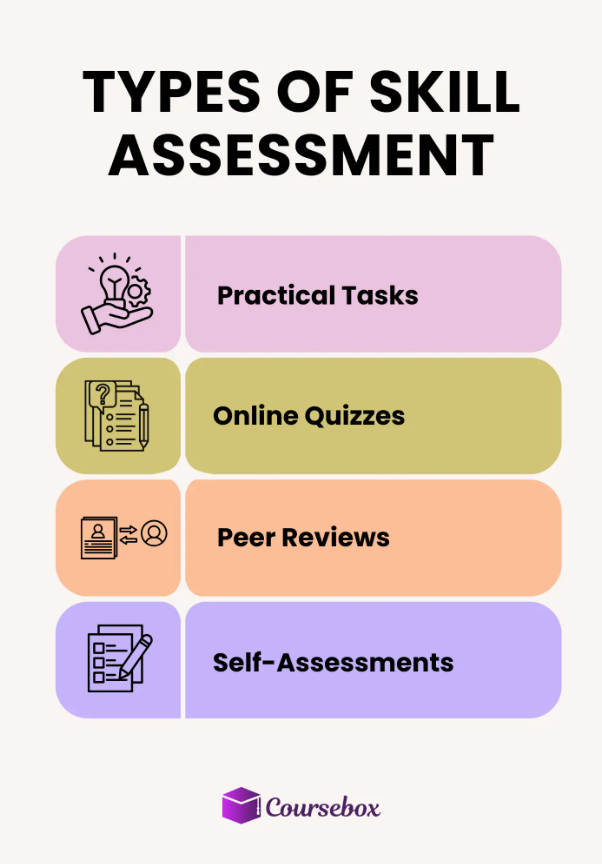
Once gaps are clear, set specific learning goals. Objectives should be measurable, time-bound, and tied to business impact.
For instance:
Clear objectives guide content creation and make it easy to check if the roadmap is working.
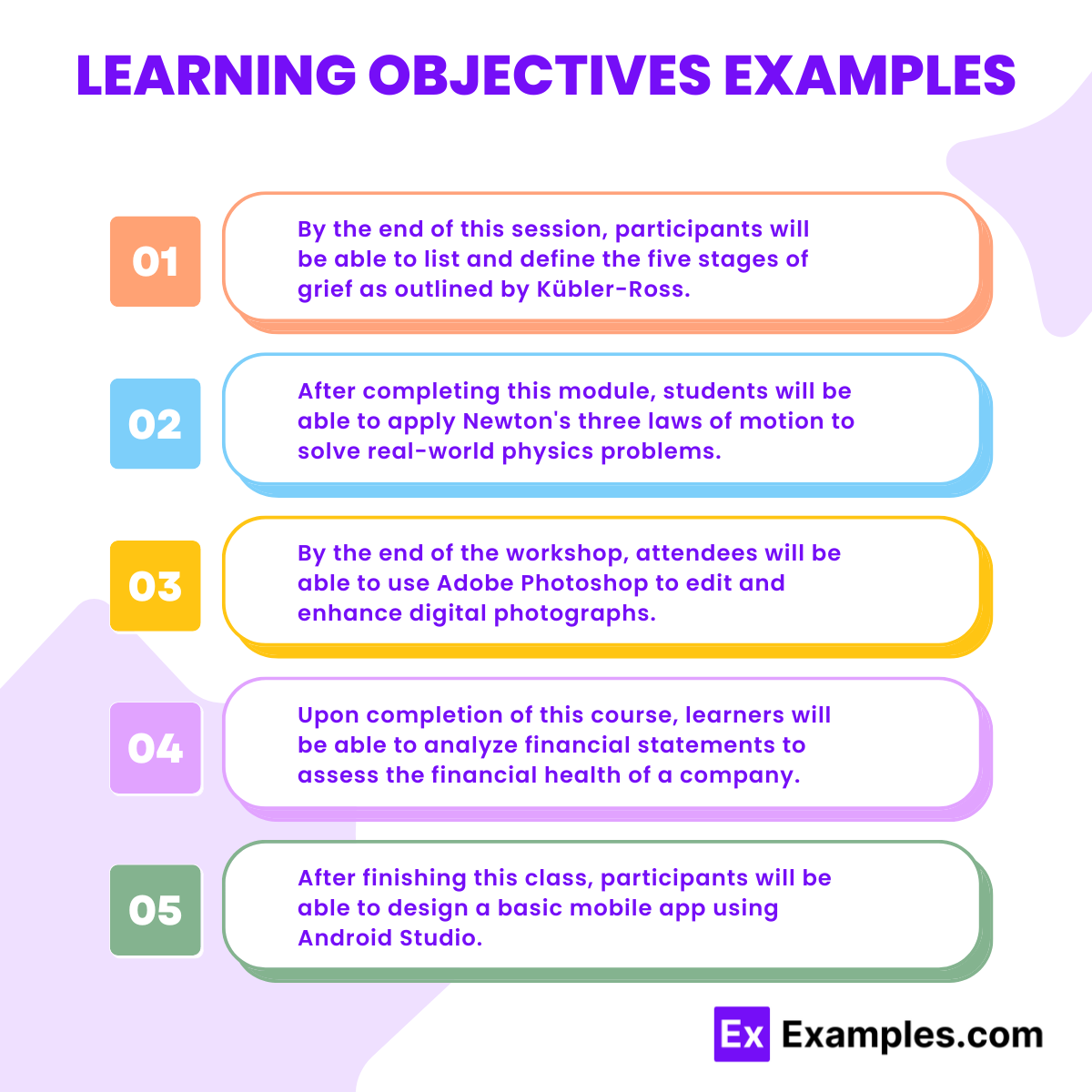
A journey keeps employees engaged because it shows where they’re going and how they’ll get there. Instead of random workshops, create structured learning paths for each role.
A marketing associate might start with digital basics, then move into SEO, and then campaign analytics. Blend methods like online courses, mentoring, and workshops to cover different learning styles. According to recent learning and development trends, the more personalized the journey, the more valuable it feels.
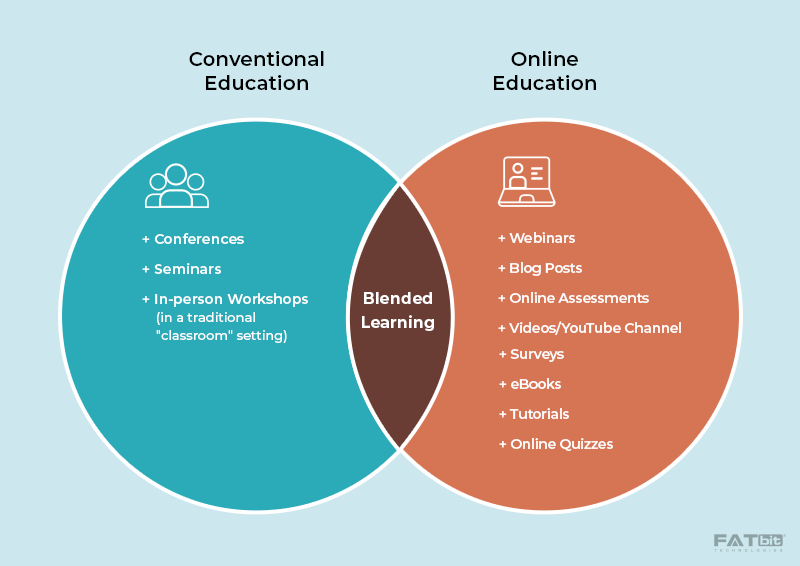
Training succeeds when resources are practical and easy to use. Decide on delivery methods like manuals, live sessions, or digital learning platforms.
Modern AI-driven platforms like Coursebox AI make it faster to create interactive online courses, track progress, and personalize learning for each employee. Investing in the right tools makes scaling learning easier and frees up HR and L&D teams to focus on strategy.
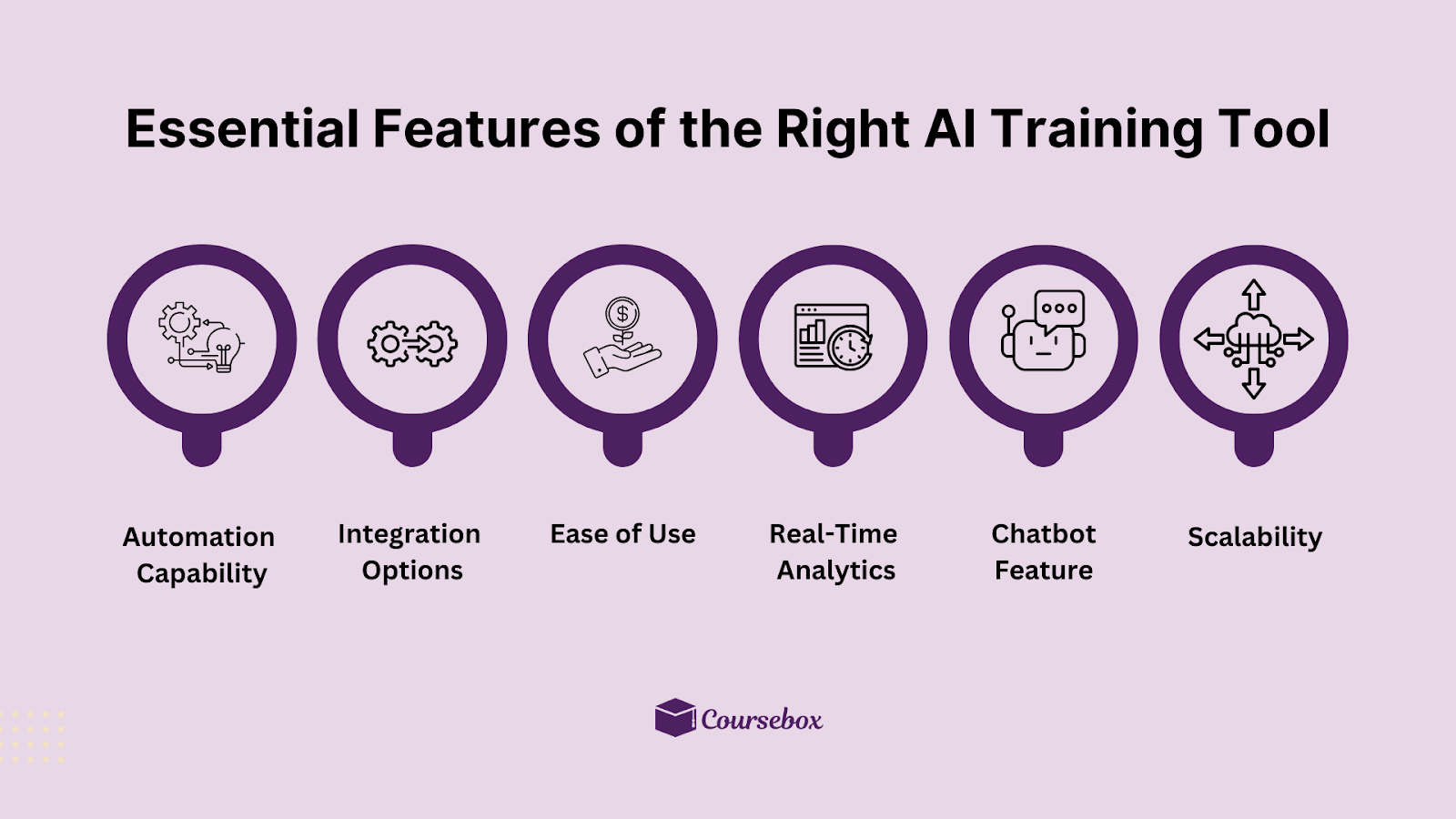
Without structure, even the best roadmap fails.
Good roadmaps include checkpoints. Monitor data like enrollment rates, course completion, and assessment scores. This shows how employees are engaging with learning.
For example, if completion rates drop off at a certain module, you’ll know it needs redesigning. Tracking progress keeps the program transparent and gives you evidence to show stakeholders.
Learning must create results beyond attendance.
Demonstrating impact turns L&D from a cost center into a value generator.
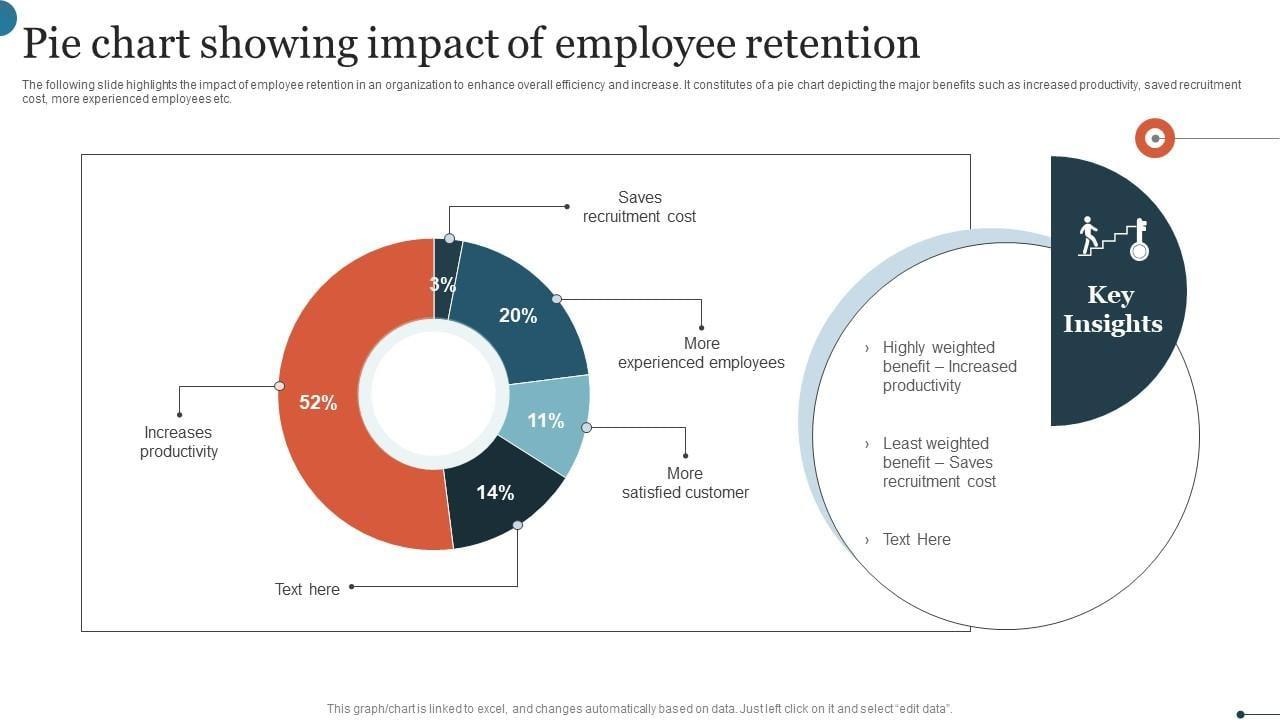
A roadmap is not fixed. Regularly gather feedback from employees and managers. Review results against goals and update content when business needs shift.
For instance, if new technology enters the industry, refresh the roadmap quickly to build those skills. Adaptability keeps training relevant and employees prepared for the future.
People stay motivated when they feel progress matters.
Recognition boosts morale, builds momentum, and encourages others to stay engaged.
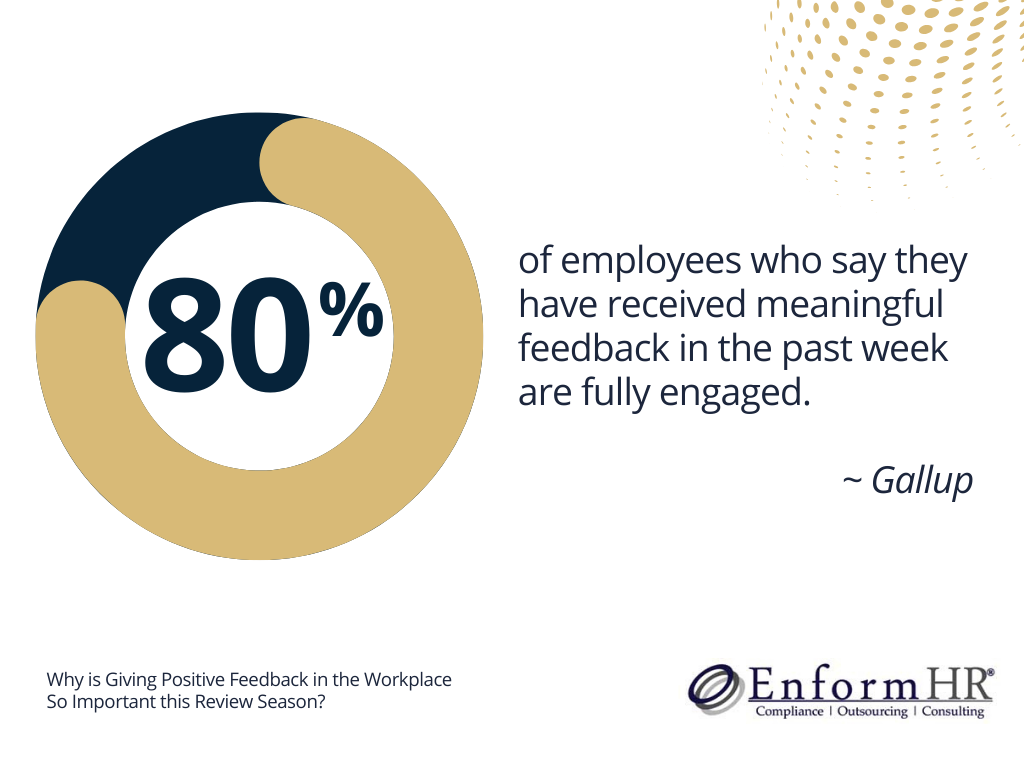
Expert tip: Personalized learning platforms like Coursebox AI even let you automate certificates and badges, making recognition easy to scale.
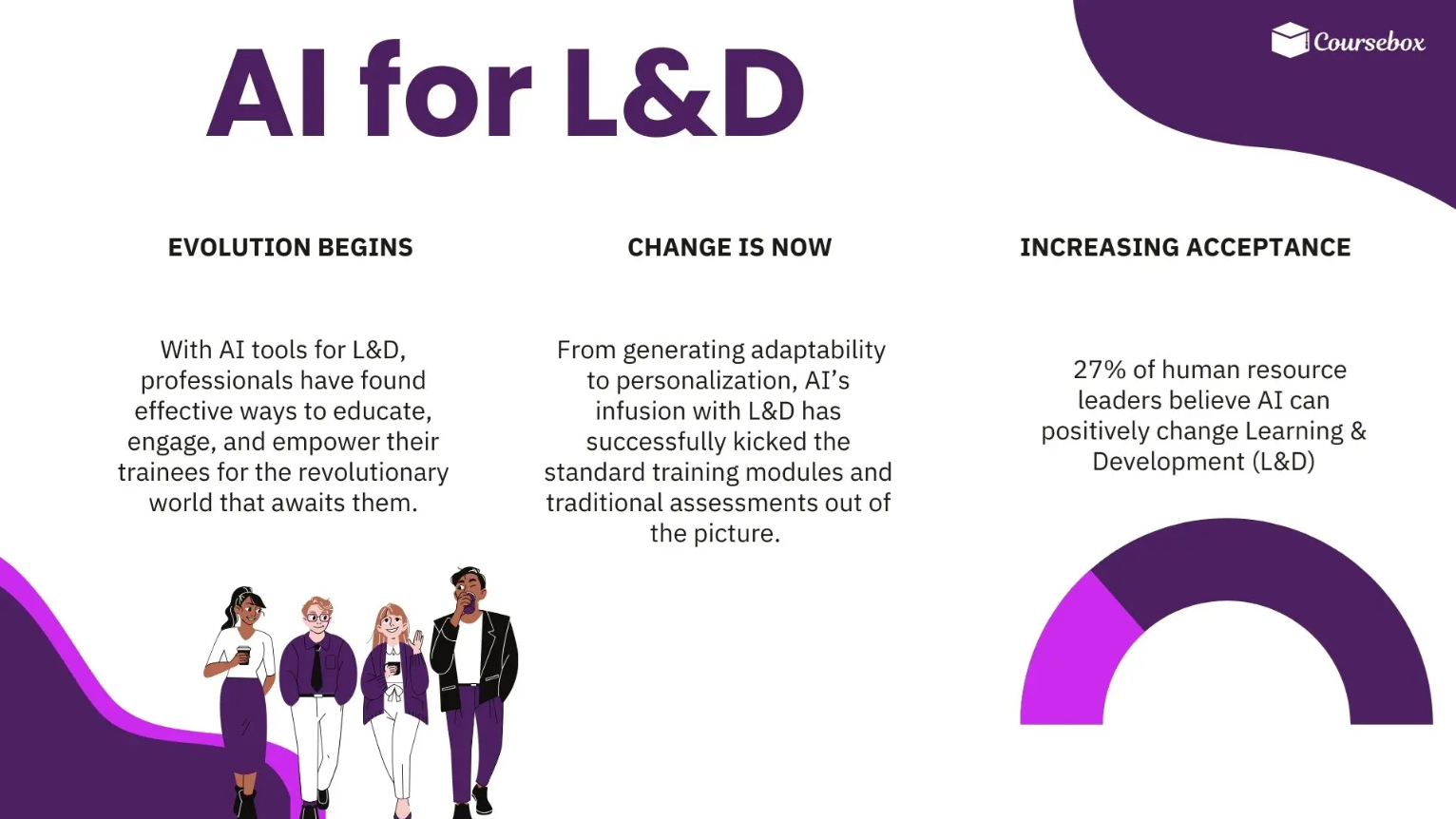
Even the best training roadmap can face challenges. Keep these tips in mind to ensure smooth implementation:
Addressing these areas ensures your leadership and development roadmap drives real results. Book a demo with Coursebox AI to create a roadmap that empowers your team and boosts organizational growth.
A roadmap for training and development is a clear plan that guides employees through acquiring skills and knowledge. It identifies skill gaps, sets learning priorities, and outlines learning paths to help employees grow in their roles while supporting organizational goals.
The 70/20/10 rule suggests that 70% of learning comes from on-the-job experiences, 20% from social learning like mentoring, and 10% from formal training. This approach helps employees develop practical skills while combining hands-on work, collaboration, and structured education.
To make a learning and development plan, first assess skills gaps and set clear objectives. Design learning paths tailored to roles, choose suitable training methods, implement programs, and track progress. Adjust the plan based on feedback to ensure continuous employee growth.
